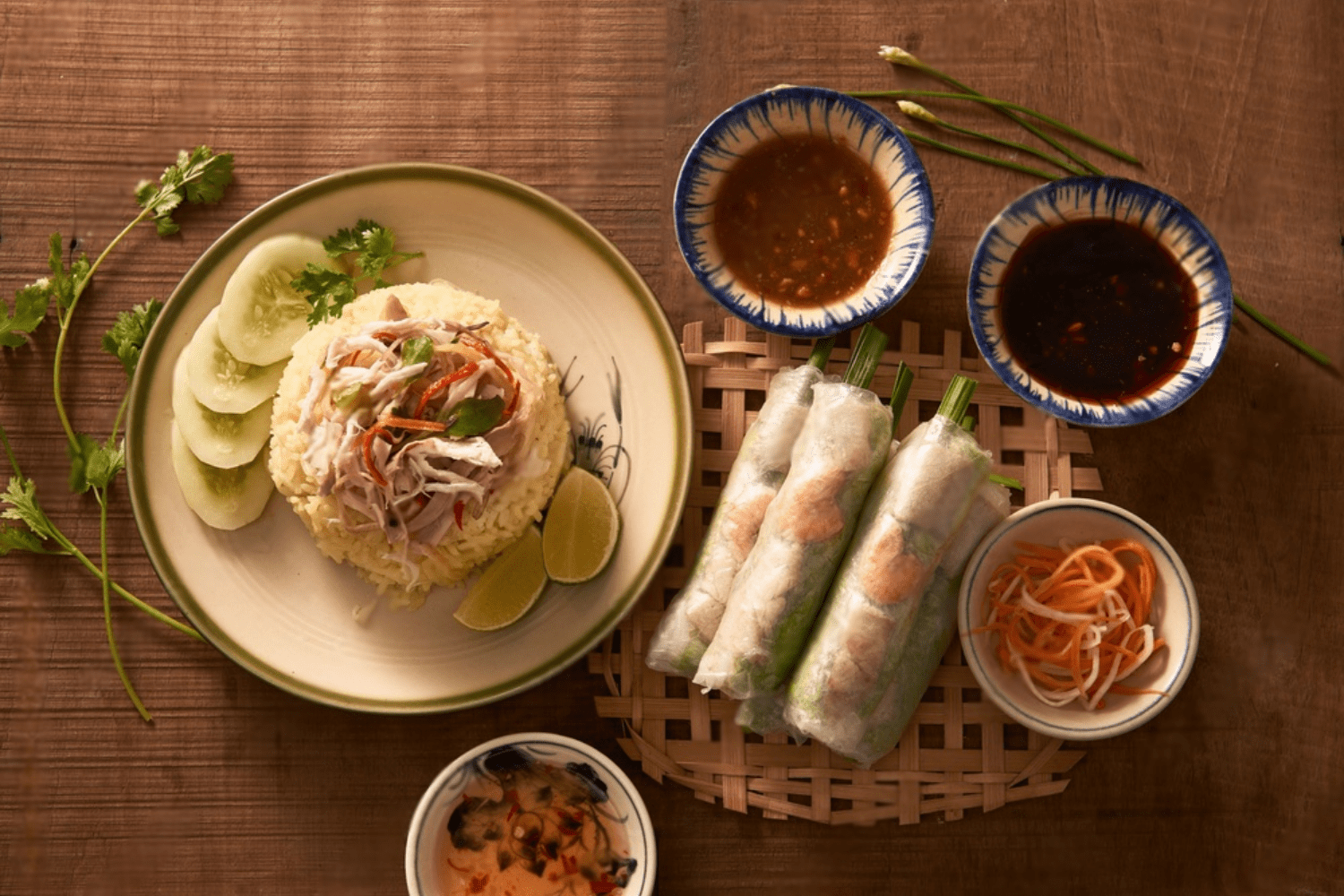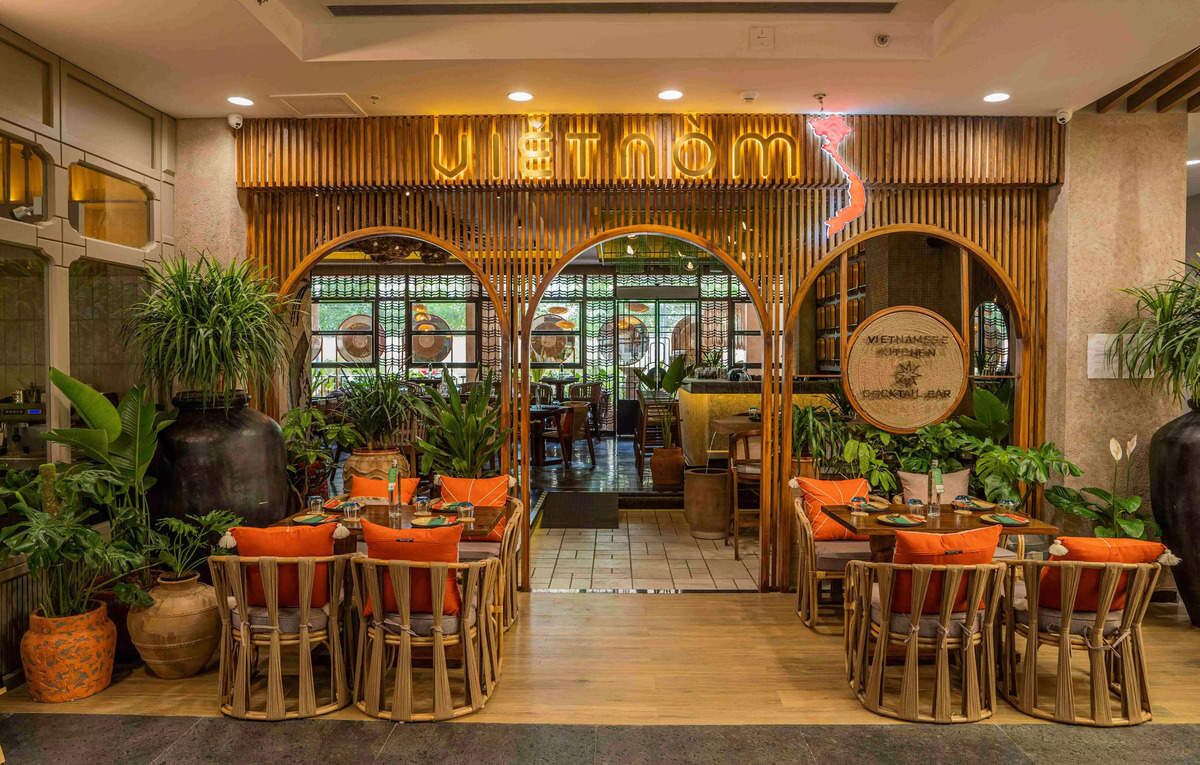A Culinary Journey Through Vietnamese Food: The Allure of Restaurants in Vietnam

Vietnamese food, celebrated for its vibrant flavors and intricate balance, offers an unparalleled gastronomic experience. Renowned for its fresh ingredients, aromatic herbs, and unique combinations, Vietnamese cuisine has captivated the palates of food enthusiasts worldwide. From bustling street markets to high-end restaurants in Vietnam, the culinary offerings are as diverse as they are delicious. This article delves into the essence of Vietnamese food, exploring the dishes that define the culture and the dining experiences that make restaurants in Vietnam a must-visit for any food lover.
The Heart of Vietnamese Food
Vietnamese cuisine is rooted in a rich cultural history that has been influenced by various regions and historical events. The country’s geography, with its long coastline and fertile river deltas, provides a bounty of fresh ingredients that are integral to its culinary identity. Key staples include rice, noodles, fresh vegetables, and a variety of proteins such as pork, beef, chicken, and seafood.
Pho: The Quintessential Vietnamese Dish
No discussion about Vietnamese food is complete without mentioning pho. This iconic noodle soup, made with a fragrant broth simmered for hours with bones, herbs, and spices, is a national treasure. Typically served with rice noodles, thinly sliced beef or chicken, and an assortment of fresh herbs, pho is a comforting and aromatic dish enjoyed at any time of day.
Banh Mi: A Fusion Delight
The banh mi is a perfect example of Vietnam’s colonial history influencing its cuisine. This French-inspired baguette sandwich is filled with a variety of ingredients such as pork, pâté, pickled vegetables, cilantro, and chili, creating a harmonious blend of flavors and textures. The banh mi showcases the ingenuity of Vietnamese food, combining local and foreign elements to create something unique and delicious.
Bun Cha: A Hanoi Special
Originating from Hanoi, bun cha is a dish that encapsulates the essence of northern Vietnamese cuisine. It consists of grilled pork patties and slices served over vermicelli noodles with a side of fresh herbs and a dipping sauce made from fish sauce, vinegar, sugar, and lime. The smoky flavor of the grilled pork combined with the freshness of the herbs and the tangy sauce makes bun cha a standout dish.
Exploring Restaurants in Vietnam
Restaurants in Vietnam range from humble street vendors to luxurious dining establishments, each offering a distinct experience and a chance to savor the country’s culinary diversity.
Street Food Stalls: The Heartbeat of Vietnamese Cuisine
Street food is an integral part of Vietnamese culture. Vendors on every corner serve up a variety of dishes that are quick, cheap, and delicious. Whether it’s a steaming bowl of pho, a crispy banh xeo (savory pancake), or a refreshing goi cuon (spring roll), street food stalls offer an authentic taste of Vietnam. These vendors are often family-run, passing down recipes through generations, ensuring that each bite is steeped in tradition.
Local Eateries: The Mid-Range Marvels
Local eateries, often referred to as “quan,” offer a more structured dining experience while maintaining the authenticity of traditional Vietnamese food. These establishments are perfect for those looking to enjoy a relaxed meal in a casual setting. Popular dishes at these eateries include com tam (broken rice with grilled pork), bun thit nuong (grilled pork with vermicelli noodles), and canh chua (sour soup).
Fine Dining: The Pinnacle of Vietnamese Gastronomy
For those seeking a more refined dining experience, the fine dining restaurants in Vietnam present an elegant showcase of the country’s culinary prowess. These establishments blend traditional flavors with modern techniques, creating dishes that are both visually stunning and delectable. Restaurants such as “La Maison 1888” in Da Nang, “The Deck Saigon” in Ho Chi Minh City, and “Home Hanoi” in Hanoi are renowned for their exquisite menus and impeccable service. These venues often use locally sourced ingredients, highlighting the best of what Vietnam has to offer while providing a sophisticated dining atmosphere.
The Cultural Significance of Vietnamese Food
Vietnamese food is not just about eating; it’s about the experience and the cultural significance behind each dish. Meals are often communal, emphasizing the importance of family and community. Sharing food is a common practice, and the variety of dishes on the table reflects the diverse flavors and ingredients that are central to Vietnamese cuisine.
Moreover, the use of fresh herbs and vegetables in Vietnamese food not only adds to the flavors but also aligns with the country's holistic approach to health and wellness. Dishes are often designed to be balanced in terms of taste, temperature, and nutritional value, making Vietnamese cuisine both delicious and wholesome.
Conclusion
Vietnamese food, with its harmonious blend of flavors, fresh ingredients, and cultural significance, offers an extraordinary culinary adventure. Whether indulging in a bowl of pho from a street vendor or savoring a gourmet meal at a fine dining establishment, the restaurants in Vietnam provide a diverse array of dining experiences that cater to every taste and preference. Exploring Vietnamese cuisine is not just about enjoying a meal; it’s about immersing oneself in the rich history, vibrant culture, and the communal spirit that defines this remarkable country.


Comments
Post a Comment